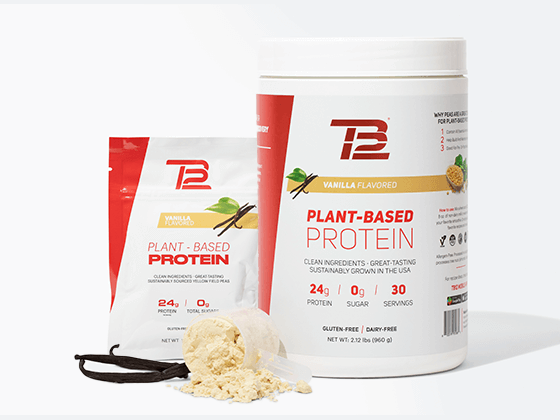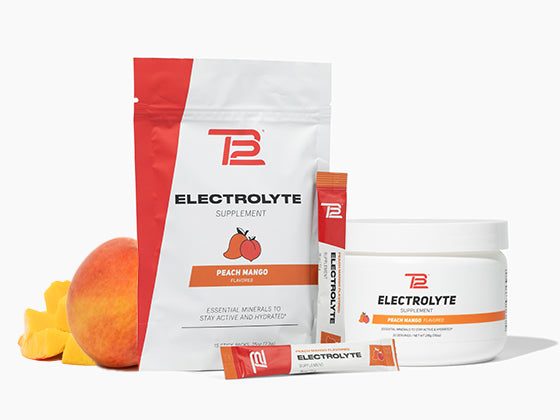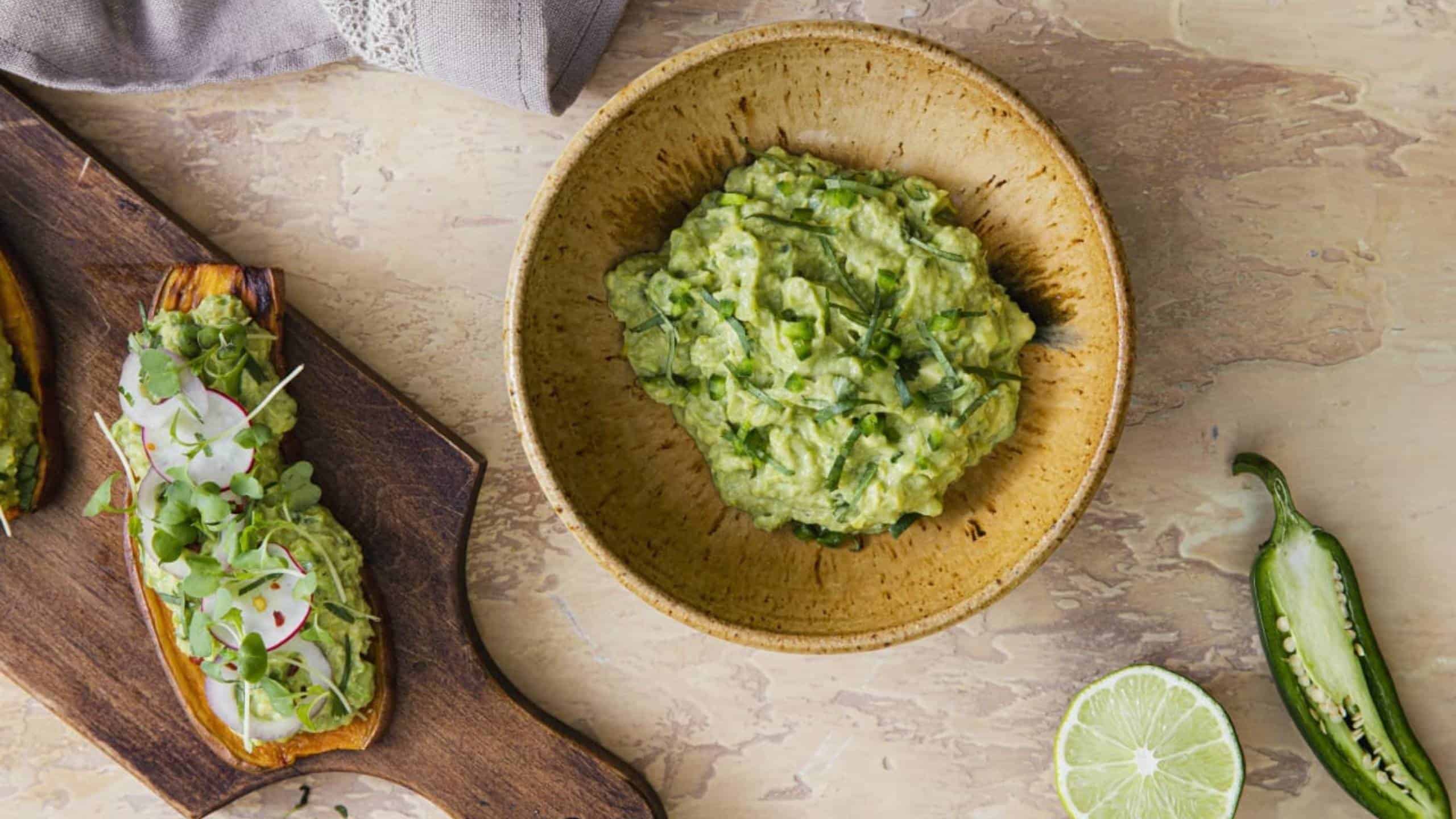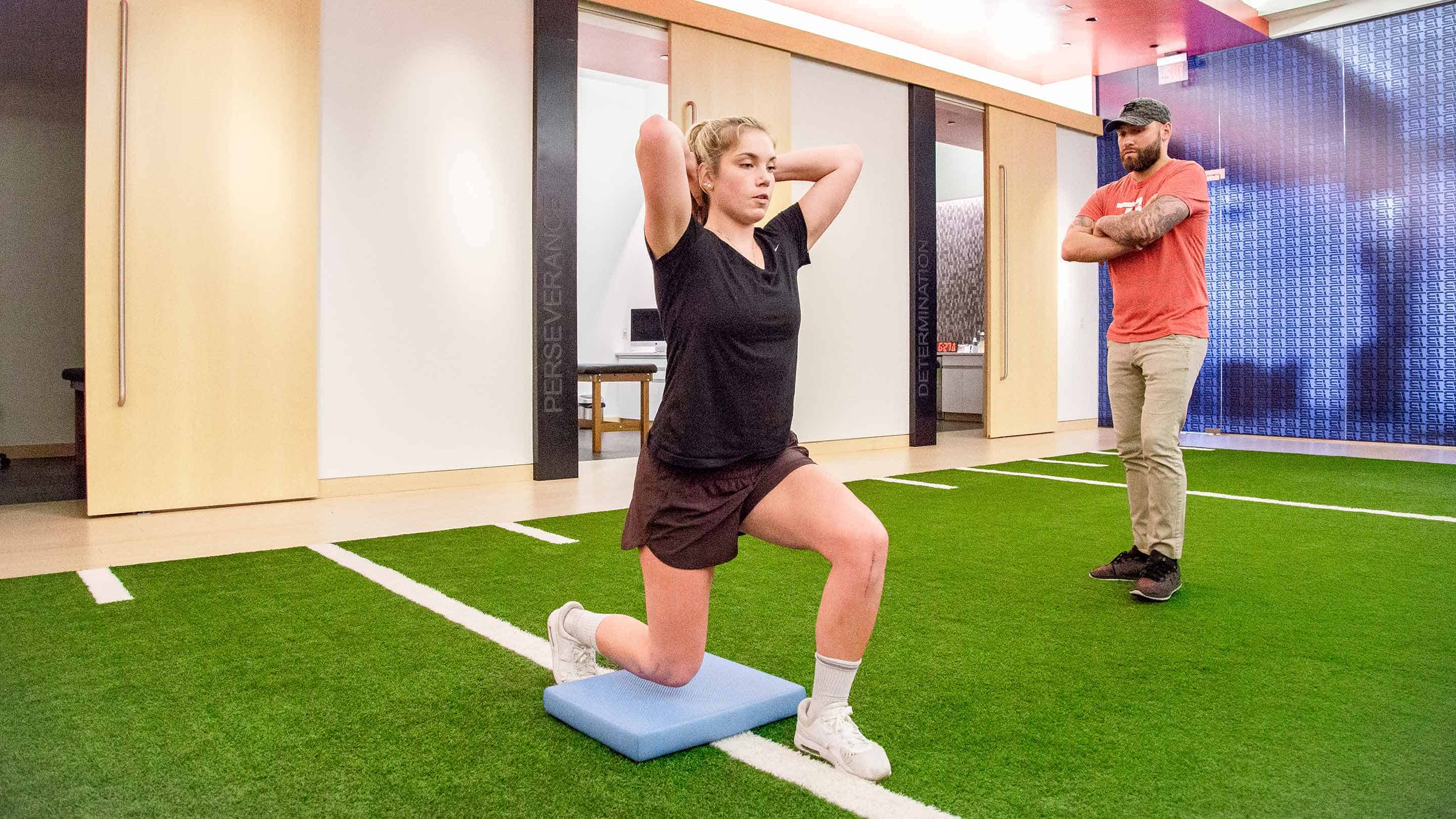Shin pain and shin splints are often the result of overloading the shin or lower leg through excessive exercise. The symptoms that can be present are pain, tenderness, and soreness along the shin or tibial bone. We commonly see shin splints affecting military members or those in repetitive, high-impact activities like running, tennis, basketball, or soccer. Shin splints can be a frustrating and long-term injury to deal with – so, how do you treat them?
At TB12 we take multiple approaches in combination to treat and to relieve shin pain. We focus on using pliability work and functional movement to decrease the stress on your lower leg and shin, as well as addressing your hydration and nutrition for any deficiencies that may be prolonging this condition.
Muscle Pliability
Pliable muscle is long, soft, and lean tissue that is able to fully absorb and distribute the forces placed on it – decreasing pain and preventing further injury. To better develop pliability, you can use a pliability device like a TB12 Vibrating Pliability Roller or Sphere at home.
Using a pliability device, spend time targeting areas of pain or discomfort as well as the surrounding muscles – this will help increase blood flow, maximizing the availability of nutrients and oxygen necessary for healing. While taking time to roll your entire lower extremity is important, a few key areas to be intuitive with and spend additional time rolling include the front of the shin, back of the lower leg (calf), the hamstring, the quad, and the bottom of the foot.
Focus on Hydration
Water, Water, Water!! Aim to drink half your bodyweight in fluid ounces of water every day. Water can help your joints and muscles, and improve your pliability – increasing your overall muscular performance and function. Healthy hydration aids in maintaining lower levels of inflammation, and water plays a role in aiding tissue repair and growth by transporting nutrients to your cells and helping with the removal of waste. Add electrolytes to maximize the impact of the water you drink and try to bring a reusable water bottle with you throughout the day so that you can continue to fill no matter where you go or what your day demands!

Anti-Inflammatory Nutrition
Focus on the quality of your nutrition. Most of these injuries are caused by inflammation through the repetitive forces involved in running. It’s important to keep the amount of inflammation in our bodies to a minimum, and what we eat influences our inflammation levels. Minimize pro-inflammatory foods – things like gluten, added sugars, and processed foods – and incorporate foods with anti-inflammatory properties, including vegetables, fruits, and nuts. Try alternative milks like almond, coconut or oat sourced milk, otherwise prioritize local, organic cow milk. Each meal ideally should consist primarily of colorful vegetables (50% of your plate) with the remaining 50% consisting of lean protein and healthy carbohydrates.
Train with Functional Movements
Incorporate routine glute and core exercises to cue these muscles to be as active and powerful as they possibly can be. The performance of these large muscles are key in offloading other areas of the body like the lower leg. This will help provide equal balance and symmetry between the body to decrease the force placed on areas that are not able to handle these stresses efficiently. These exercises will help you effectively manage your shin pain by offloading some of the tension placed on that muscle group:





